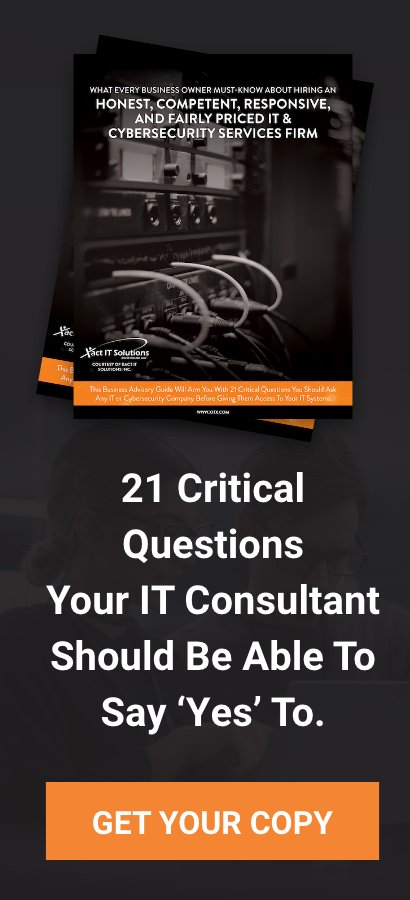Technology is a major investment for companies of every size, and it can be tempting to cut corners to keep costs down. However, making cuts in the wrong places often results in greater expenditures over time because security breaches, poorly managed systems and IT inefficiencies rapidly drain resources. Avoiding these four common errors is the best way to ensure that you are getting the best return on investment for every dollar spent on technology.
1. Poor Internal Controls
No one wants to micro-manage employee use of technology by scrutinizing every email sent and website visited, but giving staff members free reign and unlimited access is simply unwise. Commonsense restrictions on the use of IT resources protect your company's investment without damaging morale.
Passwords
Complex passwords that must be changed frequently are not always popular, but they are highly recommended by IT security professionals because they are effective. Require your employees to observe best practices in creating strong passwords and mandate that they change them regularly.
Access
Whether or not your network houses sensitive information, permitting open access can lead to serious issues. Even if there is no data that would tempt hackers and thieves, individuals from inside and outside the organization can wreak havoc on crucial business applications. Disruption of business operations can be very expensive, particularly when loss of client confidence is factored into the total cost. Instead, restrict user access so that only those employees with a job-related need can get into the systems.
Unsecured Wi-Fi
Anything that passes through unsecured channels is subject to interception, making the password requirement for Wi-Fi access an important deterrent for data thieves. While a password won't stop highly skilled hackers, it will prevent nuisance attacks that take time and money to resolve.
Website Blocks
Business IT support can create filters and blocks for certain types of web content, which offers a level of protection against common IT issues. For example, time-wasting sites like social media can ruin productivity levels, and sites that are known for spreading viruses can infect the entire organization in just a few hours. Keeping business computers and mobile devices out of such sites ensures employees won't fall victim.
2. Over-Reliance on Internal IT Staff
Many businesses employ dedicated IT specialists to handle maintenance and management of IT infrastructure. However, when it comes to large IT projects and major IT issues, relying on internal staff can result in higher costs and increased downtime. Lack of expertise is the primary reason that internal IT staff don't handle complicated assignments efficiently, and the learning curve - not to mention the rise in errors - means projects aren't completed on time. However, the expense associated with keeping a specialist on staff isn't always practical. Payroll, office space and utilities all have to be paid, even if there is no current project. Instead, smart companies understand that this work is best left to contract information technology services that are hired as needed.
3. Failure to Upgrade
Some businesses have adopted a philosophy that if the current technology serves its purpose, there is no need to upgrade. However, these businesses typically lag behind their industry peers. Every system enhancement is designed for increased efficiency, and equipment that is more than two or three years old simply can't compete. Don't miss out on important gains to avoid the costs of upgrading - the lost productivity is often far more expensive long-term.
4. Reactive vs. Proactive IT Management
Because many business leaders have limited understanding of IT's inner workings, they often operate in a reactive manner, rather than being proactive about their IT needs. Smart organizations meet with IT vendors and suppliers regularly and include their input in strategic planning. When IT experts are included in resource planning, organizations operate more smoothly and enjoy the advantages of IT solutions that closely match business needs.




You must be logged in to post a comment.